Easy Shaker Peg Rail for the Bathtub - 804 Sycamore

I added a little decorative and functional detail to my bathtub surround and I love it! This shaker peg rail adds some warmth and character to the space and it's so fun to style. Be sure to subscribe to my blog at 804sycamore.com for more DIY and decorating projects and inspiration~
In
Easy Shaker Peg Rail for the Bathtub
Don’t you just love it when style and function come together!? I love a beautiful home that functions well for the family. When we built our home, we didn’t have much say on… well much. We didn’t want a bath tub, but that wasn’t an option. I suppose for resale, it will be a nice thing to have, but I don’t enjoy taking baths and wanted to use the space differently. However, I think I found a way to elevate bath time and create a spa-like experience with this easy shaker peg rail for the bathtub.
The bathtub surround is pretty plain, and a shelf wouldn’t work with how far the window sill sticks out compared to the space between the bathtub and the wall. So, the next best way to add character and function to this little space is with an easy shaker peg rail for the bathtub! I decided that this bathtub could be a nice place to shave my legs, and then I thought, this simple peg rail and some accessories would be a great project for dads and kids to treat their mom to a bathtub makeover and perhaps a quiet relaxing bath… without interruptions… or screaming… just saying.
For my easy shaker peg rail for the bathtub, I’m going to install the peg rail directly on top of the tile backsplash. If you don’t have backsplash or tall tile like I do, just consider installing the rail at a height that is easily accessible from a sitting position in the tub. For a reference point, my tile backsplash is 12 inches tall. The idea is to use some of the pegs for items and decor, but not to fill up every single one. Just like styling bookshelves, having negative space or blank space helps to highlight the used space. The shaker pegs are spaced 6″ apart and I cut the rail to go from wall to wall – this gives it a more original look instead of something hung on the wall after the fact. I love the built-in look and creating bits of architecture when I can.
I used a 1″x2″x6′ select pine board from Home Depot. I love the natural tone of the wood and the warmth it provides in my white and grey bathroom. After giving the board a light sanding, I sealed it with two coats of matte finish polyurethane. This will protect the wood in a humid environment. I also brushed a layer of polyurethane over the shaker pegs because the ones I purchased from Amazon are unfinished.
Easy Shaker Peg Rail for the Bathtub
My oldest daughter, Sawyer, helped me film this easy shaker peg rail for the bathroom DIY video. I think it’s easiest to follow video, but just incase you like steps, here you go:
- Measure the shaker peg rail space.
- Mark the select pine board at this measurement and make a clean cut. (I used a mitre saw)
- Give the select pine board a light sanding, including the corners and edges.
- Seal the select pine board and shaker pegs with matte finish polyurethane. Two coats is adequate, allowing each coat to fully dry.
- Find the studs on the shaker peg rail space and mark with pieces of painters tape.
- Mark the spots for the shaker pegs – I like to cut a string the length of the board, fold it in half to find the exact center – mark it, then mark each peg six inches out.
- Hold pine board up to wall and mark the board where the wall studs are located.
- Predrill holes for shaker pegs – not too large. Predrill the wood screw holes for mounting (you can use a larger bit to make some space to counter-sink the screws).
- Hand screw the shaker pegs in each spot.
- Install the board to the wall – making sure it’s level and in the wall studs. I used 3″ construction screws.
- Style the shaker peg rail and surrounding tub!
Measure the space, mark the length on the pine board, and make your cut.
With the pine board cut, you can find the wall studs and lightly mark the board where you will attach it with construction screws. Make sure you find the center of the width of board when marking the screw hole for the stud.
I wanted an odd number of pegs so I found the middle of my board and marked the first peg, then measured out both directions 6 inches to mark the rest of the pegs. Make sure to find the center of the width of the board too so that all the pegs are straight across and centered. I used a piece of string the length of the board, and then fold it in half to find the center - this way I don't have to divide fractions!
Be sure to predrill all your peg marks as well as your wall screw marks. I also use a larger drill bit to add a little depth for the screw to sink and be level with the pine board once installed. Just an extra detail for a nice finished look.
After you carefully screw in each peg, then it's time to protect the unfinished pine wood. I just added two coats of matte finish polyurethane to the board and pegs. Once dry, I screwed it into the wall and styled my pegs!
You can find shaker pegs all over, in stores and online, but the most common pegs require large holes to be drilled. I love the simplicity of these screw-in pegs because you don’t need a special tool to install them. This project can easily be done in an afternoon. You’ll need to account for a little time to acquire your shaker peg accessories, but this is an easy and quick DIY that can be done with the help of older kids too. I love that this peg rail can be used in any room to enhance the style of function of a space. A basement stairway, a drop zone or mud room, the laundry room, a powder room or bathroom, the kitchen, a utility closet, and even in a bedroom the peg rail can be a charming addition. I love my new easy shaker peg rail for the tub and I look forward to styling it in new ways in the future. Thanks so much for reading my blog, I hope you’ll subscribe and stay connected.
You may also like:
How to DIY a modern peg rail
Enjoyed the project?
Resources for this project:
See all materials
Comments
Join the conversation
-
 Amy Wadsworth
on May 25, 2023
Amy Wadsworth
on May 25, 2023
That's true, good point. I have since replaced this with vintage door wood that was made into a shelf with pegs. I love the vintage look and function of a shelf. Pegs by the tub are always a good idea 🙂
-
-




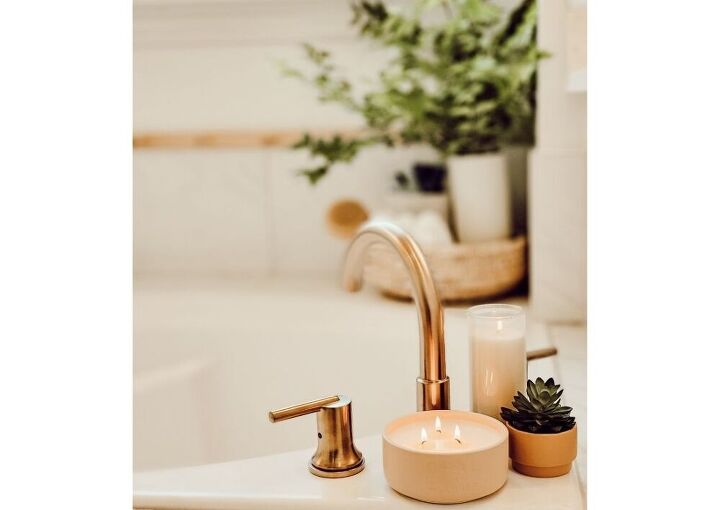





















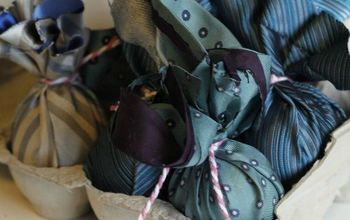
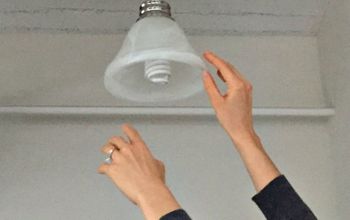



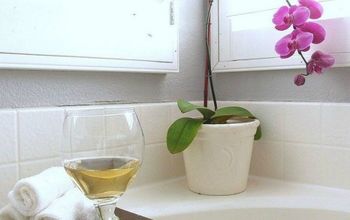
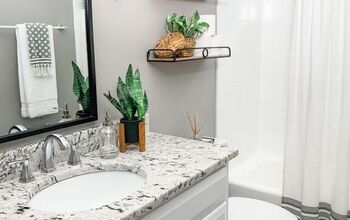

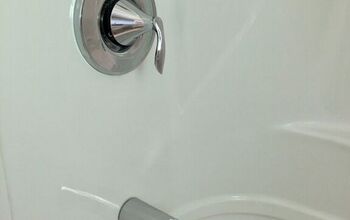

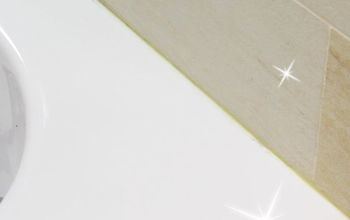

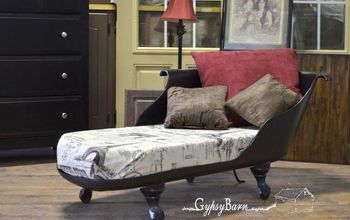
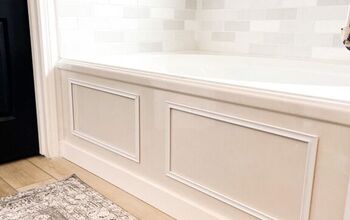

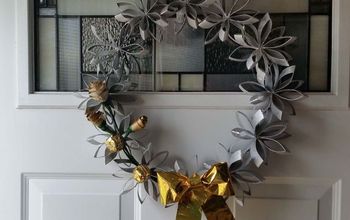

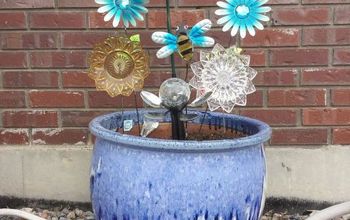

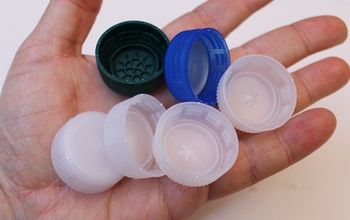



Frequently asked questions
Have a question about this project?